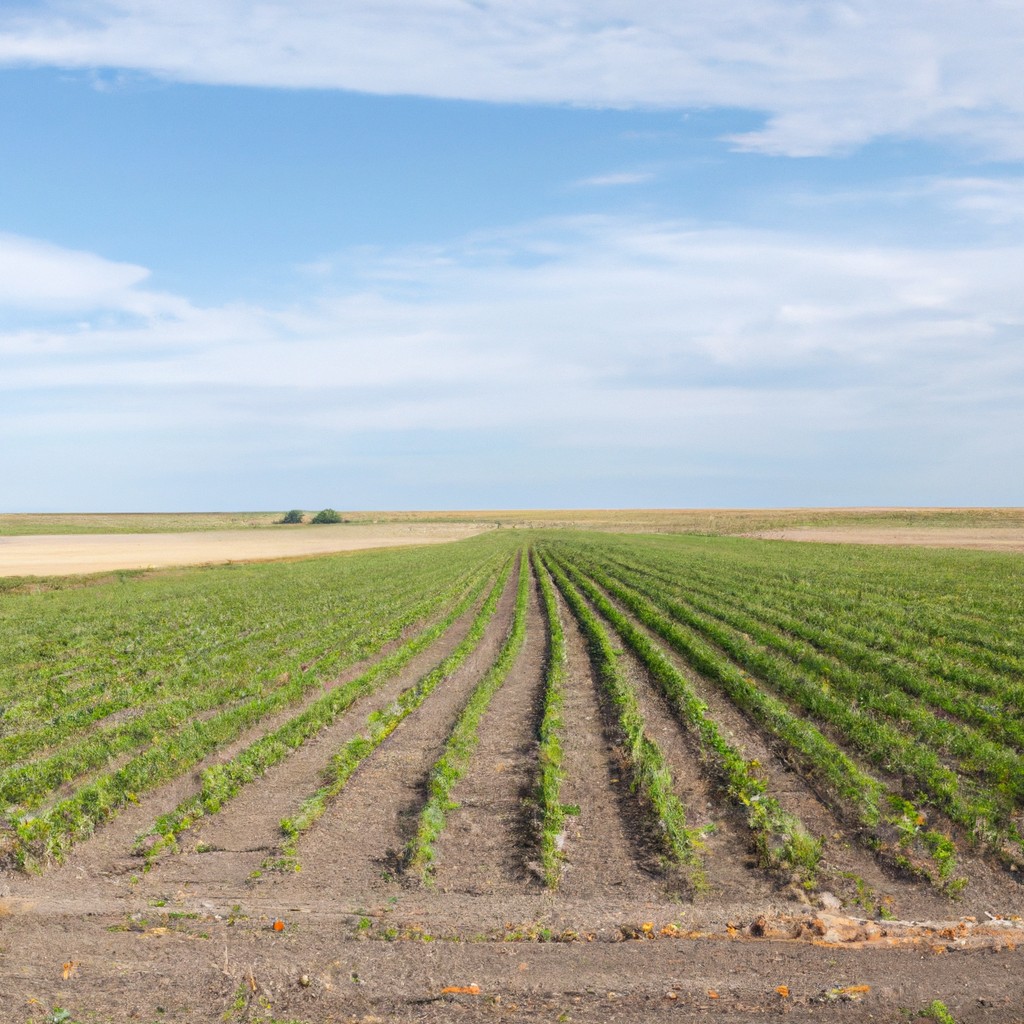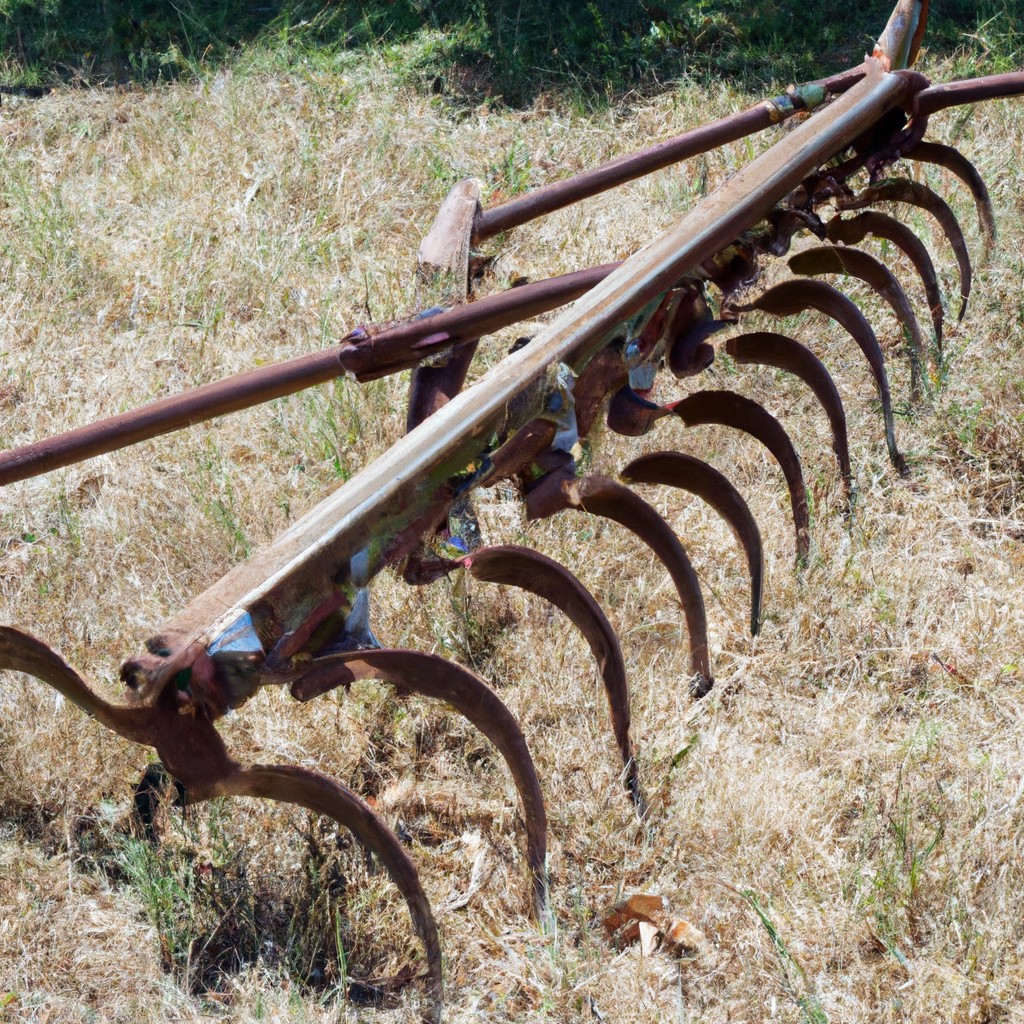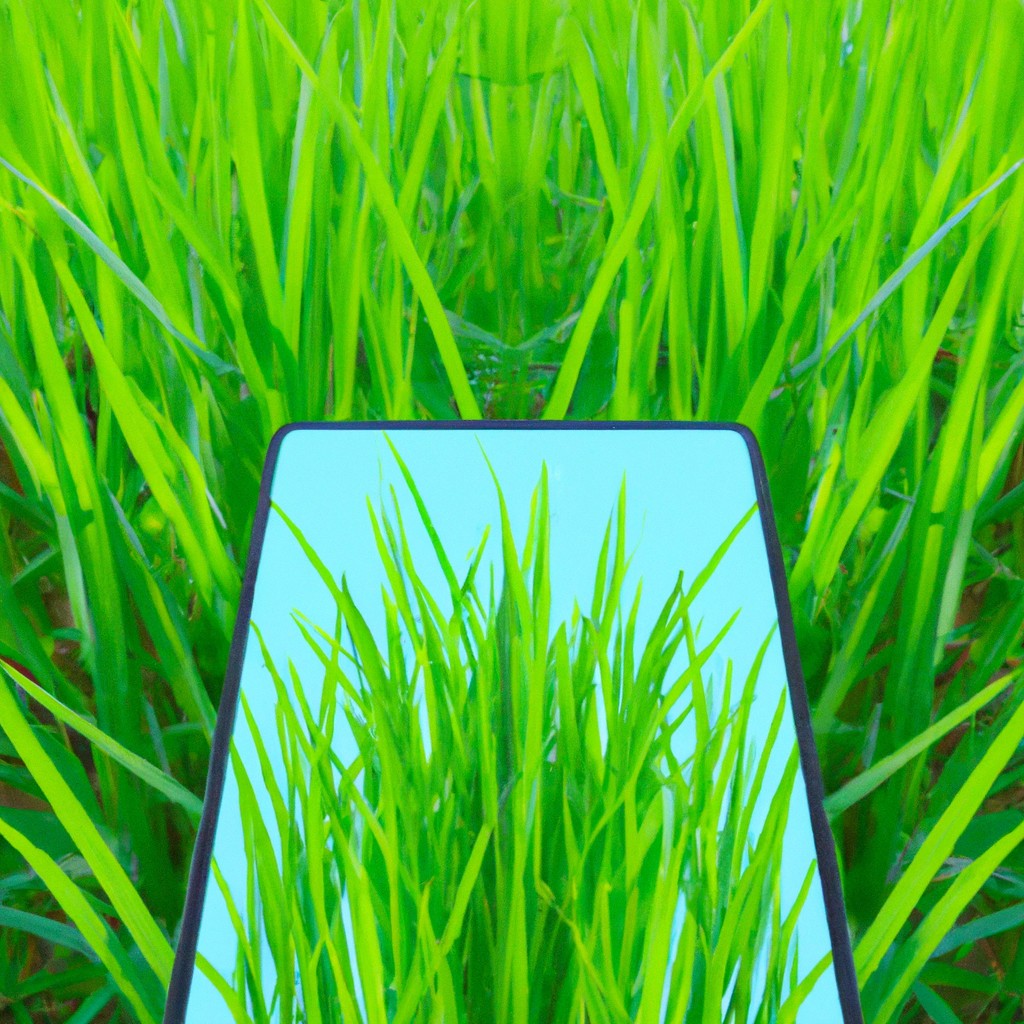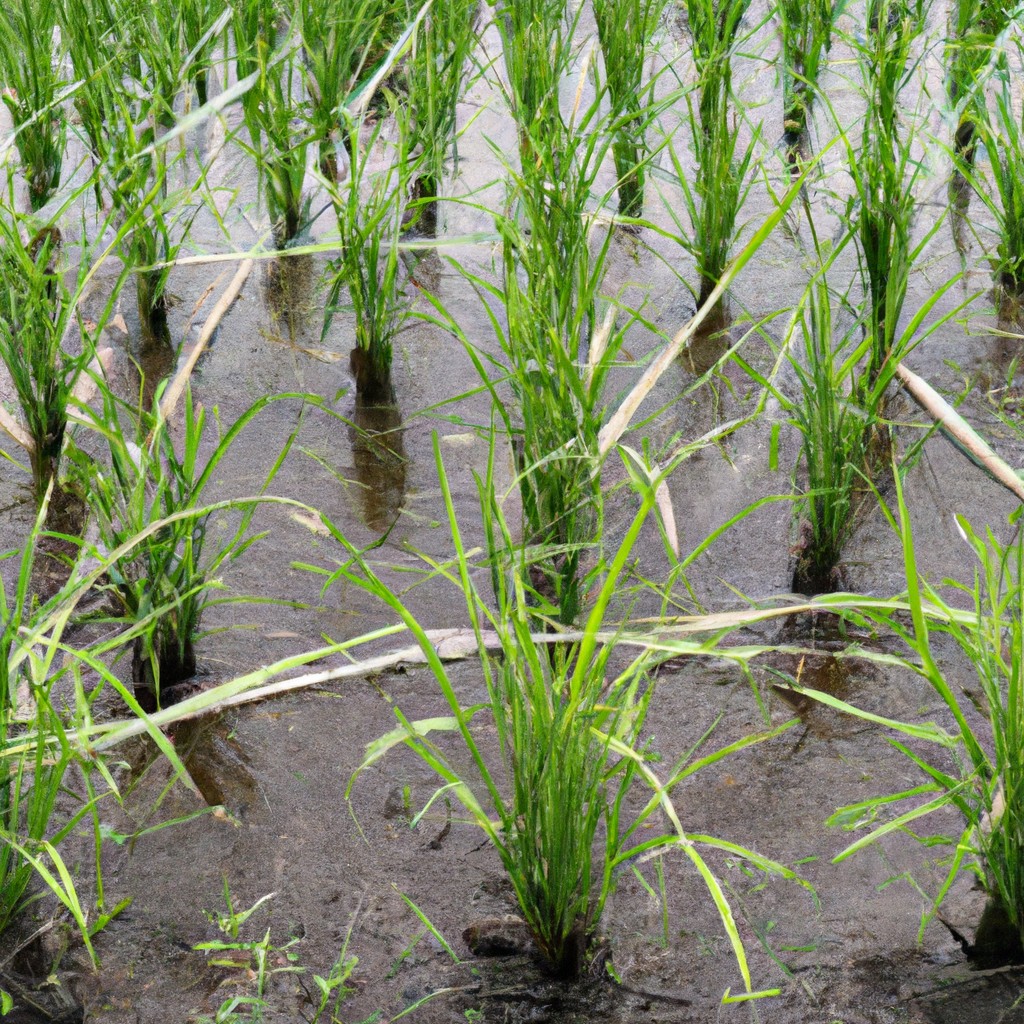Discover the ins and outs of establishing a self-sustaining farm, focusing on key elements like crop rotation, soil health, renewable energy sources and livestock integration for a profitable yet environmentally friendly agricultural venture.
Embarking on a journey to establish a self-sustaining farm is a rewarding endeavor that aligns perfectly with the principles of sustainable and regenerative agriculture. This article provides a comprehensive guide on how to create a farm that can sustain itself, from selecting the right crops and livestock, to implementing renewable energy sources, to understanding the crucial role of soil health in a self-sustaining system.
We’ll delve into the intricacies of water management, waste recycling, and biodiversity, all of which play pivotal roles in the self-sustaining farm model. As you continue reading, you’ll uncover a wealth of detailed information that will equip you with the knowledge to create a farm that is not only self-sufficient but also beneficial to the environment.
- Self-sustaining farming implies generating all resources within the farm.
- Thorough research is crucial for success in self-sufficient farming.
- 5 acres is a general guideline for self-sufficiency for a small family.
- Diversify crops, use crop rotation, and companion planting.
- Livestock contributes to self-sustainability by providing manure and controlling pests.
Look Inside:
What Is Self Sufficiency Farming?
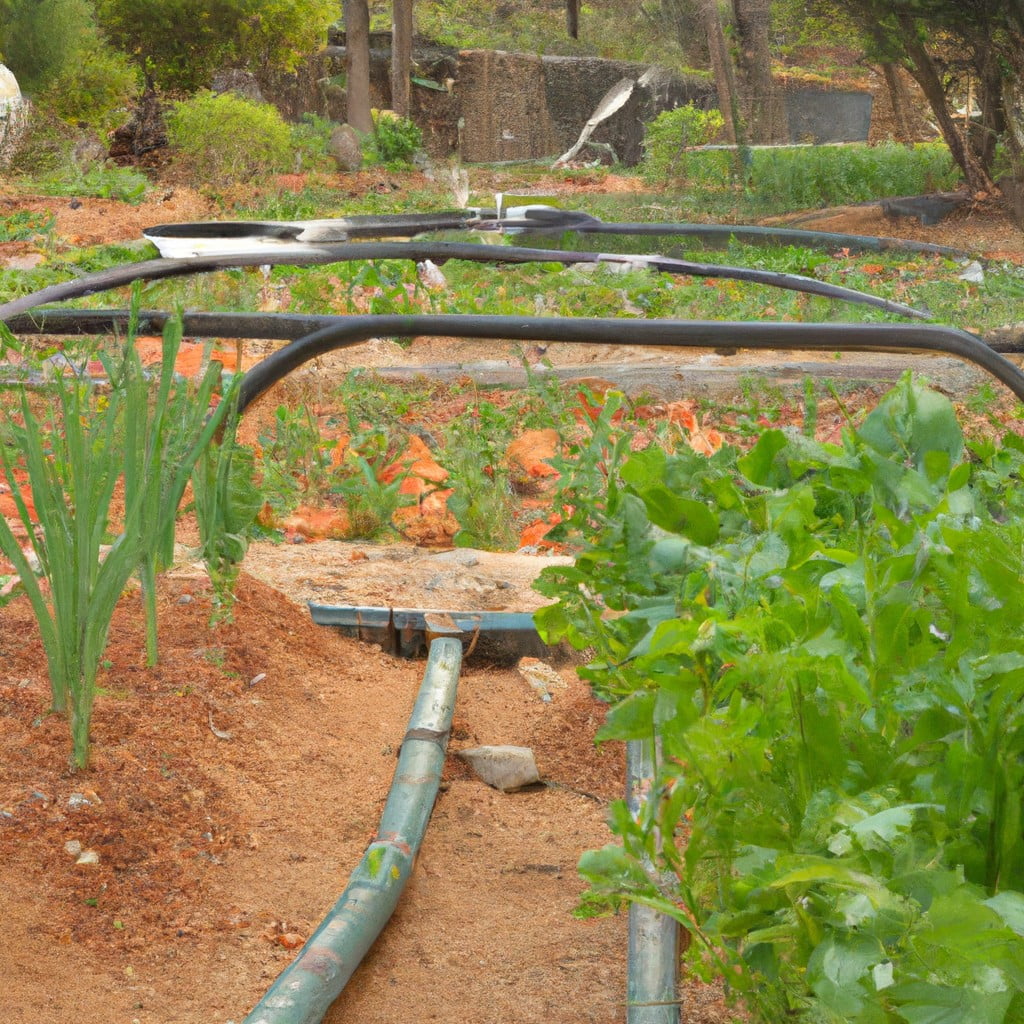
Practically, self-sufficiency in farming implies the ability to operate independently by generating all resources – food, energy, water, and waste management, within the farm itself.
This approach allows farmers to minimize their reliance on external inputs, thus mitigating the risks that come with dependence on outside resources.
Farmers employ a host of strategies, including diverse crop and livestock systems, polyculture instead of monoculture, and revolving door composting for optimizing waste.
Additionally, energy needs are met through renewable sources, thereby reducing the carbon footprint.
Thus, this system supports farm ecosystem resilience, optimizing yields while minimizing environmental impacts.
How to Get Started With Self Sufficiency Farming
Initiating a self-sufficiency farm necessitates a thorough checklist. Primarily, conducting detailed research about your region’s climate, soil type, and local growing conditions is crucial. A deep understanding of your land is the foundation for success in self-sufficient farming.
Next, choose your crops and livestock based on these conditions, taking into account your nutritional needs, market demand if you plan to sell, and the ability of plants and animals to thrive in your environment. Remember, diversify your crops and livestock to ensure a balanced diet and to maintain soil fertility.
Your initial setup should include essential infrastructure like a dwelling, barns, fences, and irrigation systems. Investing in durable, high-quality equipment is encouraged for longevity and efficiency.
To power your farm, explore renewable energy sources such as solar panels or wind turbines, fitted for your region’s conditions. Apart from energy, managing your water resources is critical. Consider rainwater harvesting systems or a well if feasible.
Finally, master necessary skills such as animal care, planting, harvesting, food processing, and basic carpentry. Building a strong knowledge base equips you to address challenges that may arise, ultimately establishing a successful self-sustaining farm.
How Many Acres Are Needed for a Self Sustaining Farm?
A definitive number of acres required for self-sustaining farming varies depending on a multitude of factors. The land’s quality, the climate, and the types of crops and livestock you intend to raise all play significant roles. Similarly, your dietary requirements, lifestyle, and the number of family members can also drastically affect your needs.
Nonetheless, a general guideline suggests that 5 acres might suffice for a small family. This includes areas for the homestead, animal grazing, and growing crops. However, remember that, with thoughtful design and management practices, it is entirely possible to enhance the productivity of your farm, no matter its size.
In densely planted systems like permaculture, for example, even less land can suffice. Yet, diversifying your food production and having larger acreage provides room for experimentation and buffers against potential failures. So, even if a smaller plot can meet your needs, having more land can offer much-needed flexibility.
Allocating Acres for Vegetables in a Self Sustaining Farm
Consider your family’s dietary needs, local climate conditions, and the natural qualities of your land when deciding which vegetables to grow. For instance, a family of four can subsist on approximately an acre of well-managed land that yields a diverse array of vegetables.
Zone your farm according to the sunlight exposure and irrigation needs of different plants. Leafy greens, for instance, require cooler, shaded areas, while tomatoes and peppers thrive in places that receive full sun.
Practice crop rotation and companion planting to avoid soil exhaustion and to manage pests naturally. This can enhance your farm’s yield and longevity, ensuring it remains self-sufficient over time. Remember to plant perennials alongside annuals to secure food supply throughout the year.
Use mulch to protect the soil, conserve water, and deter weeds. Compost is an excellent fertilizer that enhances soil fertility, eliminating the need for chemical additives.
Consider growing winter-hardy crops such as kale, and root vegetables like carrots to ensure a steady food supply year-round.
The key is to balance personal needs with the land’s capabilities, offering a varied diet while keeping the soil fertile and healthy.
The Space Required to Raise Animals On a Self Sustaining Farm
Certainly, it’s essential to factor in the livestock element of your farm, as animals can significantly contribute to a farm’s self-sustaining capacity. The space requirements for livestock can vastly differ based primarily on the kind of animals you aim to raise.
For instance, an acre of pasture could ideally support a couple of dairy cows, while the same area could support up to a dozen sheep or goats. Chickens, on the other hand, require significantly less space, with around ten square feet per bird as a reasonable guideline.
Leaving ample forage area for each animal ensures they acquire the majority of their nutritional requirements naturally, reducing reliance on processed feeds, enhancing animal health, and contributing to soil fertility through their waste products. Furthermore, diversified farm animals can feed on pests, non-edible plant parts, and leftovers, converting waste into resources, which is a fundamental concept in a self-sustaining farm.
Moreover, consider the available shelter for animals, as appropriate housing not only ensures their wellbeing but also enhances productivity. Animal shelters should ward off severe weather, predators, and disease. Therefore, planning your space efficiently is a crucial factor to consider for a balanced, additional yield successfully incorporated into your self-sustaining farming journey.
Understanding Other Land Uses in a Self Sustaining Farm
In addition to growing crops and raising livestock, efficient use of land is key in this farming system. Various portions of the farm serve different functionalities that address sustainability goals.
Woodlands, for instance, are not mere aesthetic additions; they can provide timber for fuel or construction, while enhancing biodiversity and acting as windbreaks.
Wetlands may act as filtration areas for waste water, or can be developed into fish ponds, combining waste management with food production.
Unused patches can be transformed into bee-friendly meadows or areas for free-ranging poultry. They can attract pollinators, improve soil health and foster the cultivation of wild edible plants and fungi.
Remember, every piece of farmland can and should be inherently multipurpose—used for production, waste recycling, biodiversity, and site resilience. Respecting and preserving natural ecosystems are essential in nurturing a truly self-sustaining farm.
Plots & Pastures: Essential Considerations in Self-Sustaining Farming
In creating a thriving ecosystem within your farm, proper use of plots and pastures is crucial. Understand that plotting for crops should allow rotation, breaking pest and disease cycles and boosting soil fertility. This strategy reduces dependence on artificial fertilizers and pest control solutions.
Pasture management, on the other hand, necessitates rotation of livestock. It allows for natural fertilization of the soil while minimizing overgrazing risks. Balance is key to prevent harm to natural systems. Crop residues can feed livestock, and manure can, in turn, nourish the land, showcasing the cyclical nature of a well-devised sustainable farm model.
Identifying the plants that suit your local climate and soil type can further enhance your yield. For pastures, it’s beneficial to lean towards a diverse mix of species enhancing soil health and livestock’s nutrition profile.
Effective management of plots and pastures can not only ensure food security and continuity but also contribute to biodiversity conservation. It showcases a perfect synergy of nature and agriculture, true to the spirit of a self-sustaining farm.
Raising Farm Animals for a Self-Sustaining Lifestyle
Choosing the right livestock is crucial to maintaining a balanced ecosystem on your farm. Chickens are a good starter animal, as they provide eggs, meat, and natural pest control. They additionally enrich the soil with their droppings, which is essential for soil fertilization.
Ducks act similarly but are excellent for keeping slugs and snails at bay.
Cows, goats, and sheep offer milk and meat but require spacious pastures for grazing. Their manure helps enrich the soil, contributing to the health of the pasture and biomass. Pigs, while known for their meat, are also fantastic for turning over ground which can be beneficial when preparing to plant new seeds.
Integrating these animals in a rotational grazing system maximizes the utilization of forage, improves soil health, and reduces parasitic infection in livestock. Managing your livestock efficiently brings not only food source benefits but also serves a critical function in the ecosystem of a self-sustaining farm.
Common Issues and Solutions in Self Sufficiency Farming
One often encountered problem is the depletion of soil nutrients, which can lead to decreased yields over time. However, this can be mitigated through the practice of crop rotation and intercropping. These not only ensure a constant nutrient supply but also help in pest control by breaking the life cycle of common pests.
Likewise, water scarcity can be a challenging issue. Effective solutions include rainwater harvesting, drip irrigation, and using drought-resistant crop varieties.
Labor intensity is another common challenge. Utilizing labor-saving technologies such as automated feeding and watering systems for livestock, and drip irrigation for crops, can greatly mitigate this issue.
Lastly, energy consumption can pose significant difficulties. The installation of renewable energy systems, such as solar panels or wind turbines, reduce reliance on fossil fuels whilst saving on energy costs.
In all, these challenges require a well-considered and holistic approach which incorporates sustainable practices with modern solutions.
Pros and Cons of Self Sufficiency Farming
Taking on the practice of self-sufficiency farming comes with both notable advantages and significant challenges. At the forefront, it brings food security and the opportunity to produce healthier, organic produce right at your doorstep. Not only are you aware of what goes into your food, but you can significantly cut down on your grocery bills, nurturing a healthy lifestyle in a cost-effective manner.
This approach also allows for environmental stewardship. By reducing reliance on commercial farming practices, which often involve heavy use of chemicals, you minimize your carbon footprint. Additionally, it creates a sense of independence, empowering you with skills and knowledge that can be valuable in today’s rapidly changing world.
Despite its perks, self-sufficiency farming is not without difficulties. It requires a substantial investment of time, effort, and resources at the outset. Even with advanced planning, unpredictable factors such as weather conditions, pests, and diseases can pose considerable risk. Additionally, it often involves a steep learning curve. Understanding plant seasons, animal care, and soil management are but a few of the requirements.
It’s also important to consider that if you’re fully dependent on your farm for food, crop failure or livestock disease could leave you vulnerable. Therefore, having contingency plans in place is critical.
In conclusion, despite some obstacles, the benefits of self-sufficiency farming highlight its potential as a sustainable and viable way of life, especially as the world increasingly grapples with issues related to food security and environmental conservation.
Advantages of a Modern Self-Sufficient Homestead
A modern self-sufficient homestead offers a variety of benefits. Firstly, it eliminates the reliance on external agricultural inputs by leveraging natural biological cycles and interactions, reducing the financial burden and the susceptibility to market fluctuations. Secondly, incorporating renewable energy sources like solar panels or wind turbines can significantly cut down energy bills, and even generate income through grid feed-in tariffs. Livestock integration on the farm not only provides a sustainable source of meat, milk, eggs, or wool, but also contributes to soil fertility through manure, completing a holistic cycle of resources within the farmstead. Lastly, the practice of growing an array of crops and raising a variety of livestock encourages biodiversity and enhances the resilience of the farm to pest outbreaks and climate variations.
Cultivating More Self-Sufficiency Skills for Farming
Developing a diverse and practical skill set is pivotal in the efficient management of a self-sustaining farm. Key skills include basic carpentry for infrastructure maintenance, mechanical knowledge for machinery repairs, and veterinary skills for animal care.
It’s also crucial to understand the principles of permaculture, which focus on designing agricultural systems that mimic natural ecosystems, promoting sustainability and self-sufficiency.
Hands-on knowledge of preservation methods such as canning, drying, and fermenting is useful in ensuring that farm produce doesn’t go to waste and can provide nourishment throughout the year. Knowledge of renewable energy solutions can also be beneficial, allowing farmers to harness solar, wind, or hydro power for their operations.
While each of these skills may not be needed daily, having proficiency in a wide range of areas will equip you to handle most situations that arise in a self-sufficient farming environment, resulting in less reliance on external inputs and services. This breadth of skills contributes to the resilience and ultimate success of your self-sustaining farm.
Incorporating Renewable Energy Sources in a Self Sustaining Farm
Harnessing renewable energy promotes the self-sufficiency of a farm by reducing dependency on external power sources. There are several viable options such as solar panels, wind turbines, and biomass energy.
Solar panels offer a clean and efficient power solution, with excess production stored in batteries for later use. With minimal maintenance, they offer a high return on investment in the long run. Using free, abundant sunlight, they prove invaluable in powering farm activities including lighting, heating and running agricultural equipment.
Wind turbines provide a valuable alternative or supplement to solar, particularly in regions with high wind speed. They generate electricity by harnessing wind energy, powering machinery and household requirements.
Biomass energy uses organic waste from plants and animals as a renewable power source. By converting farm waste into usable power, it not only manages waste effectively but also generates heat and electricity on site.
These renewable energy systems demonstrate how a farm’s ecological footprint can diminish, proving self-sustaining farms are more than feasible, serving as exemplary models of effective green energy use.
Crop Rotation and Sustainable Farming Practices
Crop rotation is a powerful tool in sustainable farming, and integral to creating a self-sustaining farm. By rotating different plant types on the same plot of land, farmers can benefit from the unique nutrients that each plant leaves in the soil during its life cycle. This not only reduces dependency on synthetic fertilizers but also improves soil health and structure.
Moreover, crop rotation helps control pests and diseases that can easily settle when the same crop is grown continuously. This method can effectively reduce the need for chemical pesticides, contributing to a cleaner environment.
Complementing crop rotation, other sustainable practices can also be integrated. These can include cover crops to prevent soil erosion and maintain soil health, mulching to conserve soil moisture and manage weeds, and organic fertilizers to further enrich the soil. Combining these practices with crop rotation can maximize yield, efficiency, and sustainability in a self-sustaining farming venture.
FAQ
What is a self-sustaining farm?
A self-sustaining farm is an agricultural system that provides and maintains its own resources without external inputs, producing most or all of its food solely from its own operations.
How big of a farm would you need to sustain yourself?
To sustain oneself, a general guideline suggests needing at least 5 acres of land per person for self-sufficiency.
How can I be self-sufficient on 1 acre?
To be self-sufficient on one acre, it requisite a thorough plan and development following which include cultivating a sizable garden for fruits, vegetables, and herbs, raising chickens for meat and eggs, and growing hay to feed goats.
What are the key principles of a self-sustaining farm?
The key principles of a self-sustaining farm involve cycling resources, promoting biodiversity, integrating crops and livestock, and using renewable energy sources.
How can livestock contribute to a self-sufficient farming model?
Livestock contributes to a self-sufficient farming model by providing manure for soil enrichment, controlling pests, and producing food sources, such as milk, eggs, and meat.
What types of crops are best for a self-sustainable farm operation?
For a self-sustainable farm operation, the best types of crops include edible plants that have short growth cycles such as lettuce, squash, potatoes, and tomatoes, along with perennial and hearty plant varieties like berries, fruit trees, and herbs.
